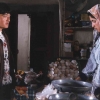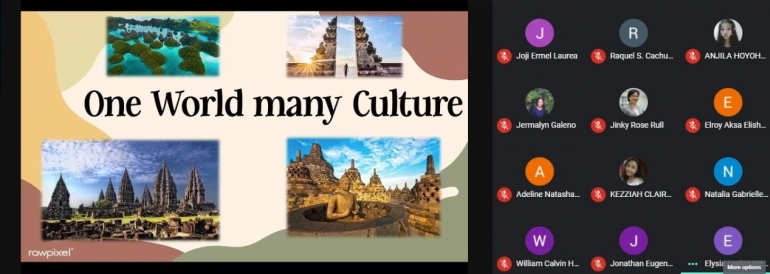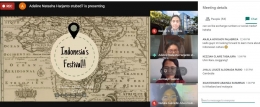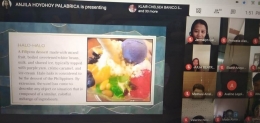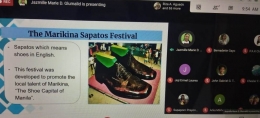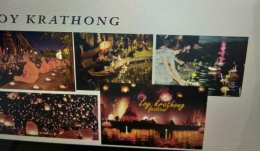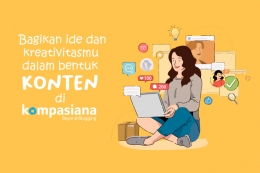Despite the overwhelming consequences of the pandemic, this global crisis has also been an extraordinary time for learning. The pandemic recalibrated our perspectives, created a level of uncertainty in a variety of aspects, and highlighted the need for flexibility in the teaching-learning process. Yes, it may not be an ideal situation, but it has also given us the opportunity to pause, think and plan.
In the wake of COVID-19, across the country, everyone is asking one question " When will we get back to normal?" Students all over the world share the same thoughts. They are longing to go back to school and be able to play with their friends again. In the same way, educators are facing unprecedented challenges, including the disruption of established instructional programs and routines and the rapid transition from in-person teaching to remote learning. It is in these challenging times that teachers should be really creative. No matter the type of channel used, teachers need to adapt their practices and be creative to keep students engaged as every household has become a classroom.
Taking advantage of a virtual platform that connects people around the world, Ms. Raquel Cachuela, fondly called by her students " Ms. Raqz" and a teacher from Saint John's Catholic School, Junior High School Department thought of a creative idea to capture her students' attention in the virtual class. She initiated and designed cross-culture classes for her Indonesian students with counterpart students from the Philippines and Thailand. It's a meaningful online class encounter that aims to promote cultural understanding and global collaboration.
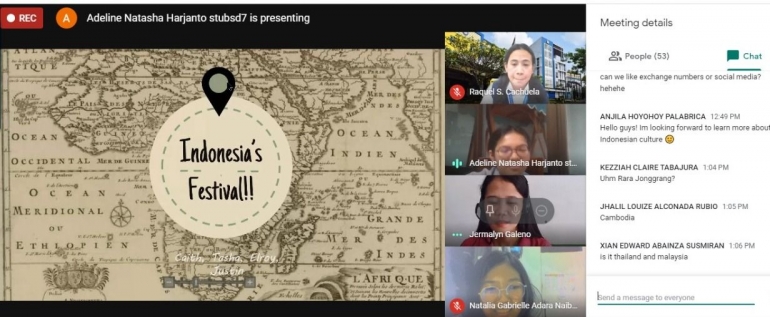
Inspired by one of the chapters in the textbook about Culture and customs, last year Ms. Raqz started introducing to her class a cultural exchange project which kicked off with a letter-writing activity. Other than learning how to write letters, students also got the chance of exchanging letters with students from the Philippines, Thailand, and the USA.
This year, the pandemic made everything online which also paved the way for a Virtual Cultural Expo entitled" One World Many Culture " to happen. Students from three ASEAN countries; Indonesia, Philippines, and Thailand, exchanged their cultures through virtual meetings. But, due to time differences, students from the USA weren't able to join.
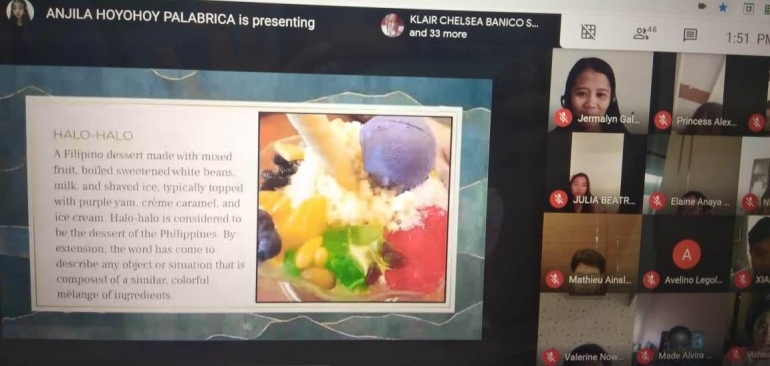
It was really inspiring to see these young students preparing their presentations about their countries, their cultures, popular food and beverages, festivities, and other tourism attractions. These youngsters became the young ambassadors of their respective countries.
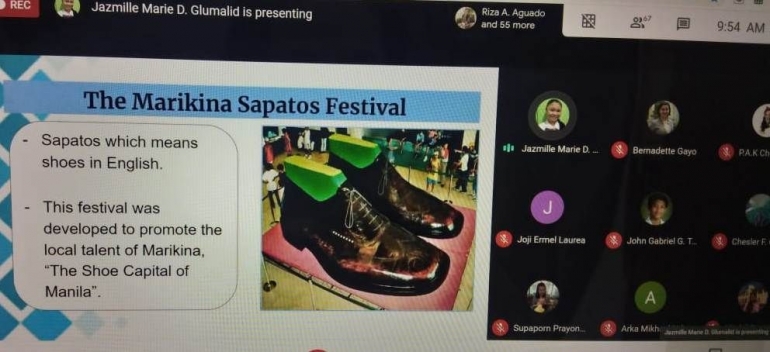
Being the " Pearl of the Orient Seas", participants from the Philippines take pride in presenting their unique culture ranging from Filipino values, language, and interesting cultural practices. The presentation showcased Iloilo, one of the provinces in the Philippines, and Manila the capital city. It was enriching to learn about " Bayanihan " which highlights the resilience of the Filipino people amidst difficult times.
Thailand on the other hand presented how preserved and rich their culture is. In the presentation, Thai students emphasized the value of respect as manifested in some of their local festivities such as the" Songkhran and Loi Krathong Festival ". Other than the beautiful temples and cultural sites, they also introduced some of their known local delicacies. Through this presentation, participants were given a glimpse of how amazing Thailand is.
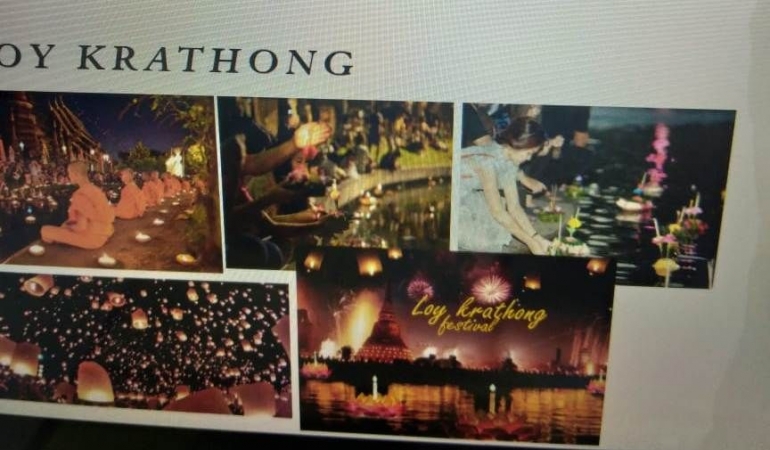
This endeavour had provided unique opportunities for participants to develop awareness, expand cultural horizons, discover similarities and celebrate differences. Indeed, the world is borderless.
Follow Instagram @kompasianacom juga Tiktok @kompasiana biar nggak ketinggalan event seru komunitas dan tips dapat cuan dari Kompasiana. Baca juga cerita inspiratif langsung dari smartphone kamu dengan bergabung di WhatsApp Channel Kompasiana di SINI

